Suborder: Anisoptera. Superfamily Libelluloidea. Family: Libellulidae
Male, Grietjie Private Reserve, Balule, South Africa
 © nan
© nanMale, S119, Kruger National Park
Description
Body length: 28.5–31 mm. Hindwing length: 23–24.5 mm.
The extensive black wing markings readily identify this species. The hind margin of the black wing markings is undulating. Pterostigmas are bicoloured. The abdomen of the male is pale pruinescent bluish grey with clearly visible black appendages, whereas in the female it has two lines of yellowish, squarish spots on either side and is pruinescent dorsally.
Face: very dark brown. Labrum, anteclypeus, postclypeus and side of frons shiny blackish brown. Frons very sloping,with wrinkles, shiny, deep metallic blue.
Eyes: dark brown.
Synthorax: mottled brown, becoming pale pruinescent blue above. Two pale, indistinct yellowish horizontal side stripes that become obscured with age.
Wings: with extensive black markings that follow costa to pterostigmas. Hind margin of black markings undulating.
Pterostigmas: bicoloured becoming all blackish with age, 3.5-3.8 mm long.
Abdomen: pale pruinescent bluish grey, with clearly visible black appendages
Female: light and dark yellowish brown. Thorax with two yellowish stripes. Wings with a basal dark brown patch and another, larger one, around and behind nodus. These two patches are connected with a thin bridge along the front edge of the wing. The patches are bordered and infilled with smoky yellow, which, in hindwing, is extensive, reaching hind margin. Abdomen with two lines of yellow, squarish spots on either side, and pruinescent dorsally.
Distribution
The species is widespread in sub-Saharan Africa. In southern Africa, this species is widespread in the southern Africa region and locally common, not in the arid southwest or at the Cape.
Habitat
Pools and dams with an abundance of reeds and grasses.
Biology
Flight period: November to May.
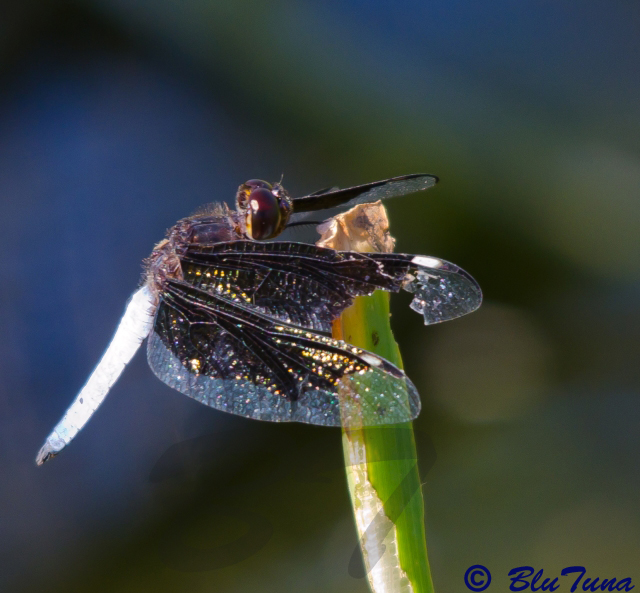 © BluTuna
© BluTunaMale, Kruger National Park
Links:
http://thebdi.org/2020/05/12/lucia-wido ... ura-lucia/
http://www.dragonflies-id.co.za/Dragonf ... Widow.html



 © BluTuna
© BluTuna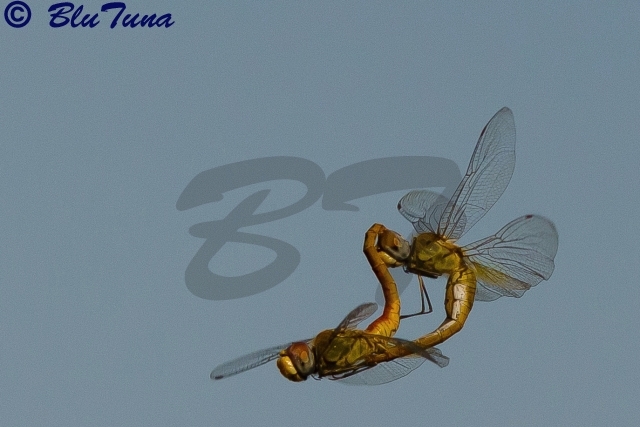 © BluTuna
© BluTuna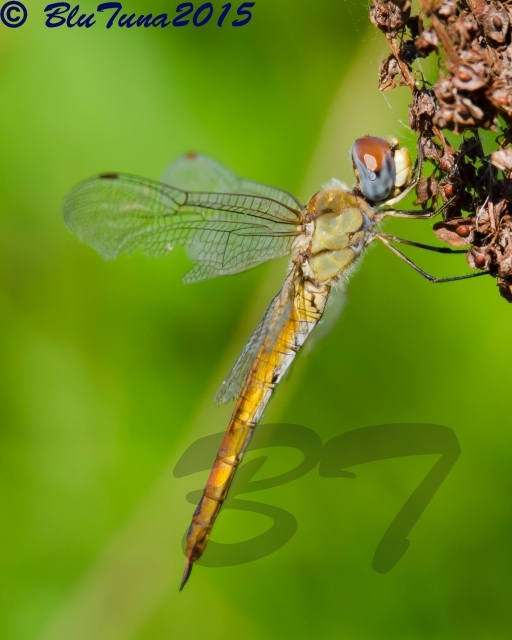 © BluTuna
© BluTuna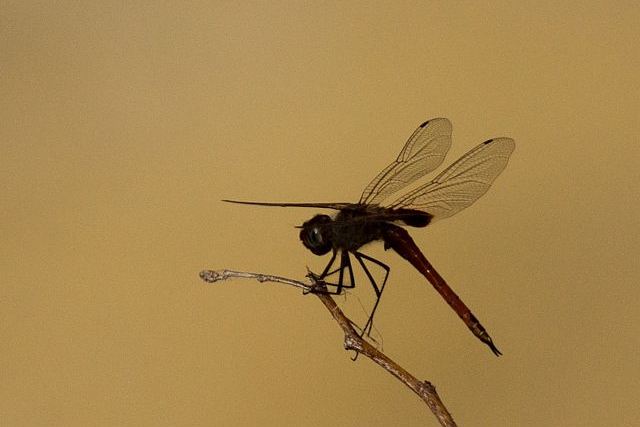 © Kesheshe
© Kesheshe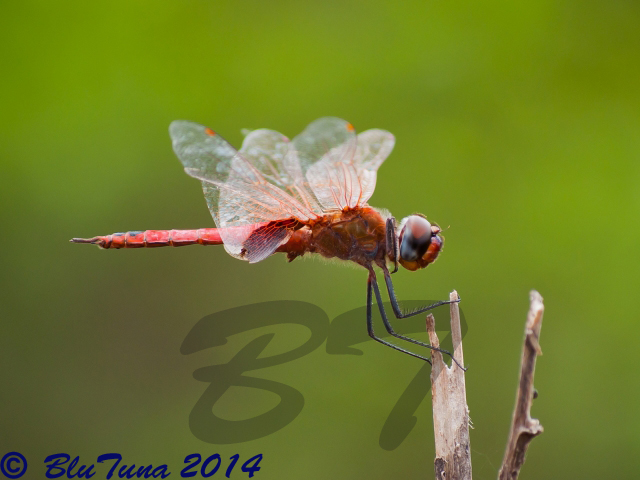
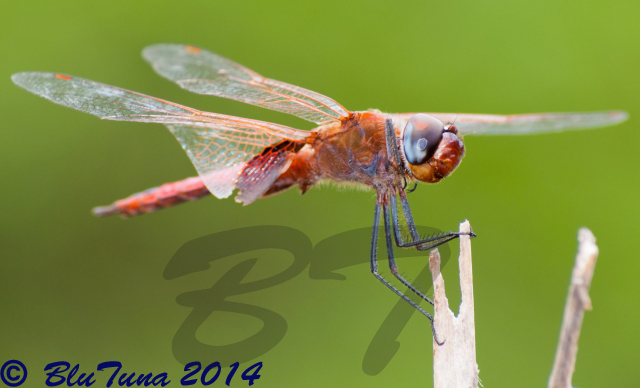 © BluTuna
© BluTuna © nan
© nan © BluTuna
© BluTuna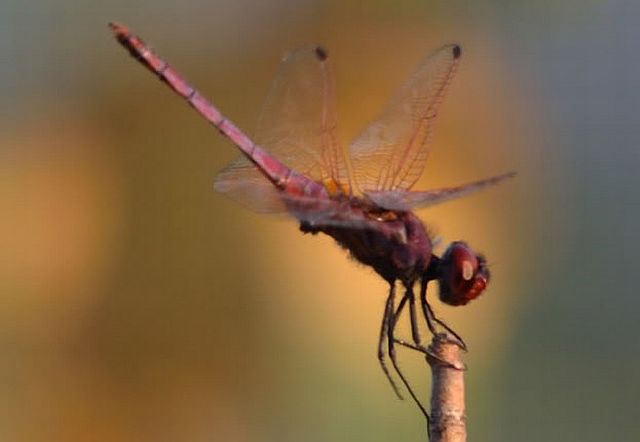 © BluTuna
© BluTuna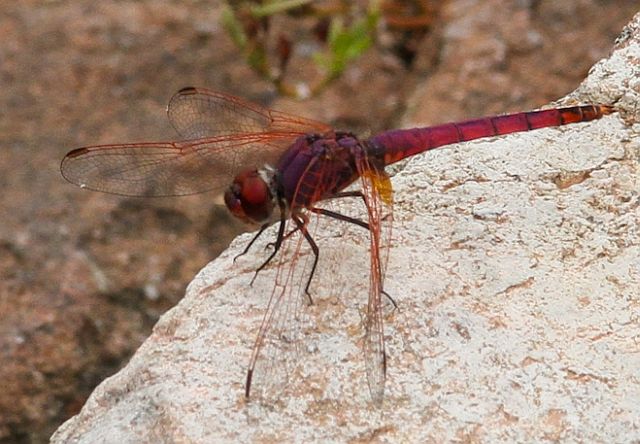 © Super Mongoose
© Super Mongoose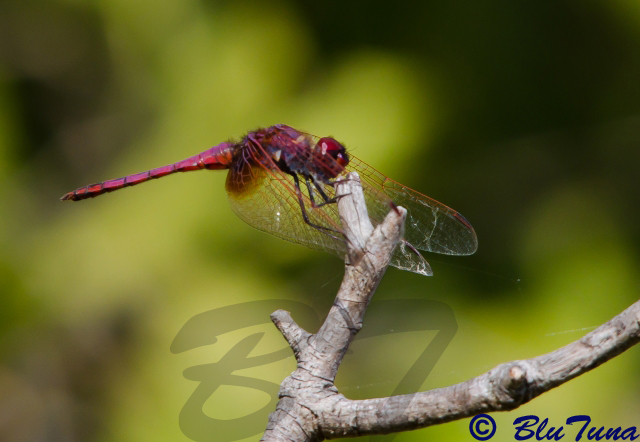 © BluTuna
© BluTuna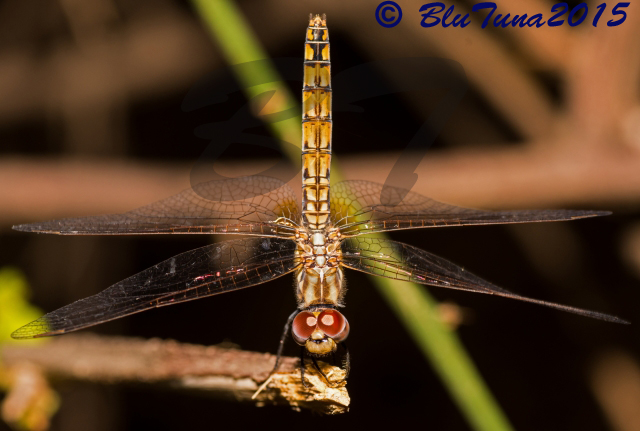 © BluTuna
© BluTuna © Moggiedog
© Moggiedog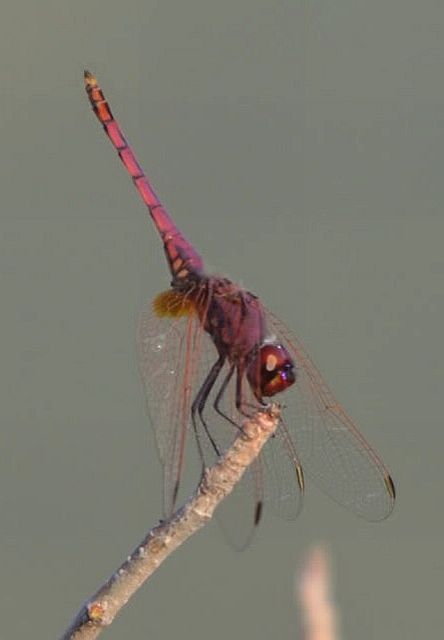 © BluTuna
© BluTuna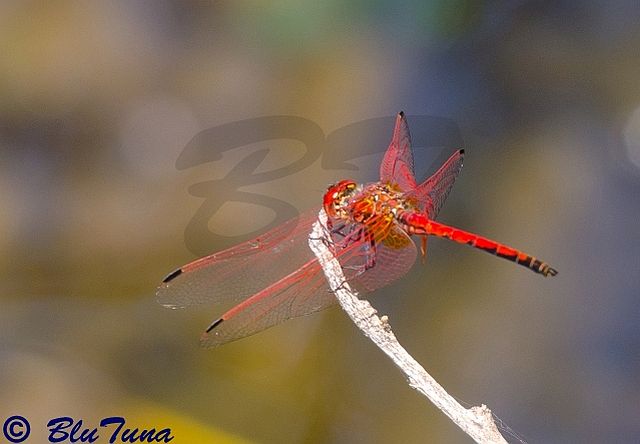 © BluTuna
© BluTuna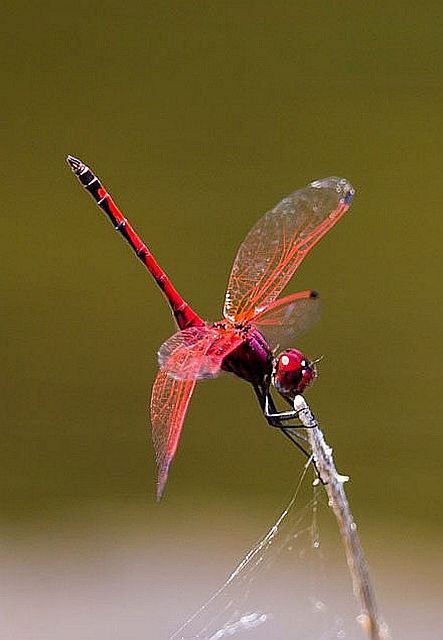 © Pumbaa
© Pumbaa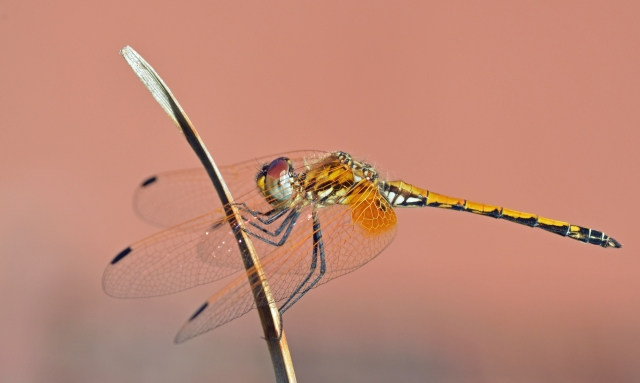 © BluTuna
© BluTuna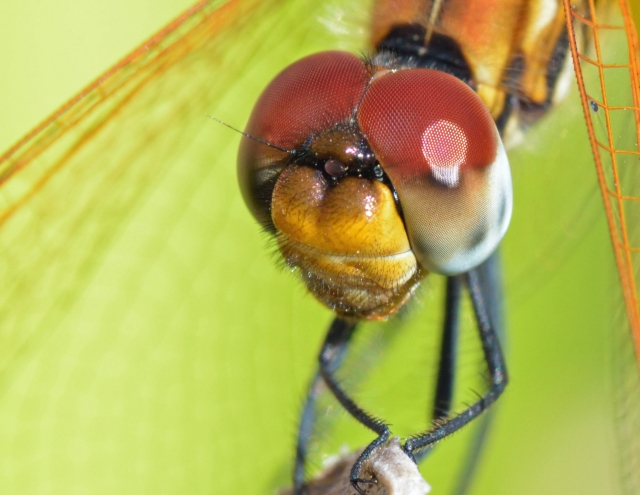 © BluTuna
© BluTuna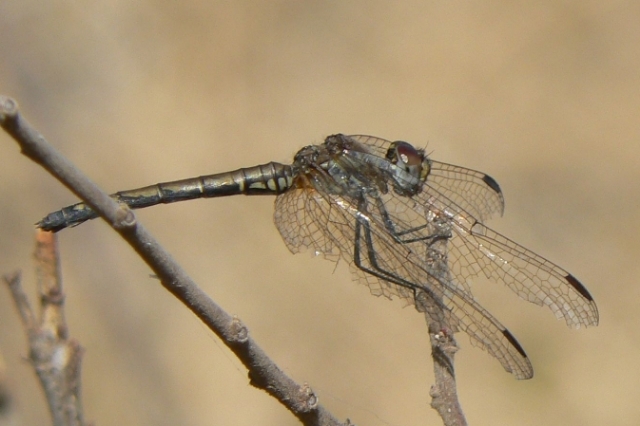 © Toko
© Toko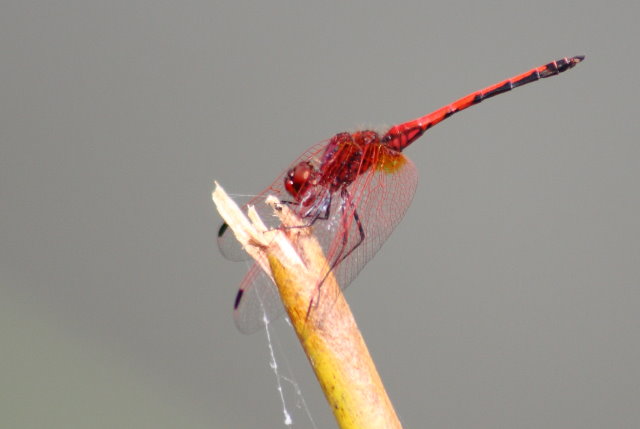 © Flutterby
© Flutterby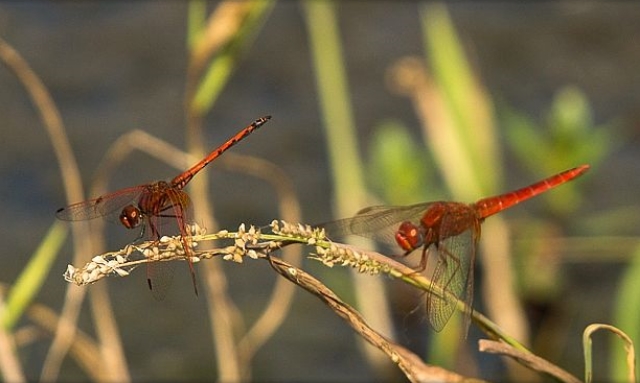 © Kesheshe
© Kesheshe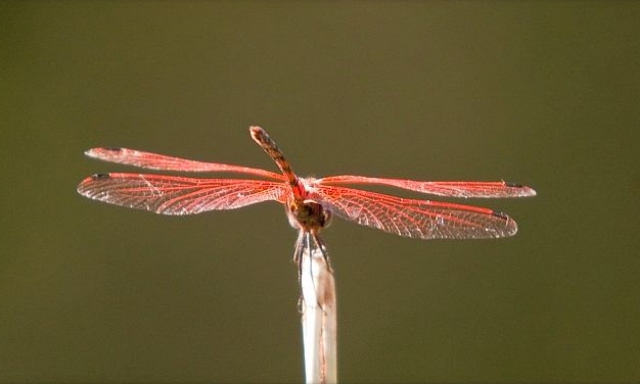 © Kesheshe
© Kesheshe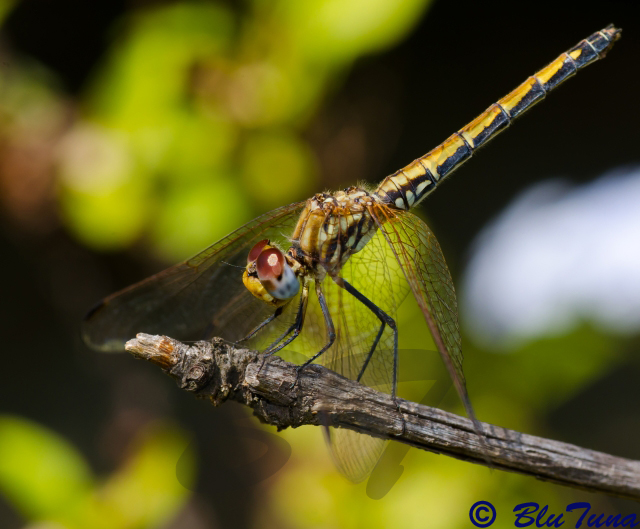 © BluTuna
© BluTuna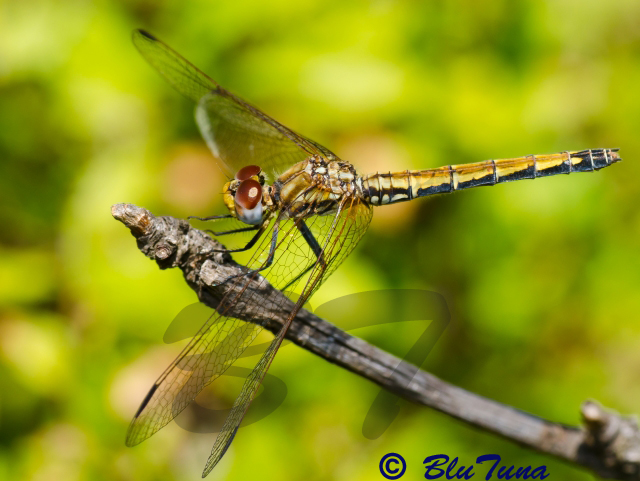 © BluTuna
© BluTuna © Flutterby
© Flutterby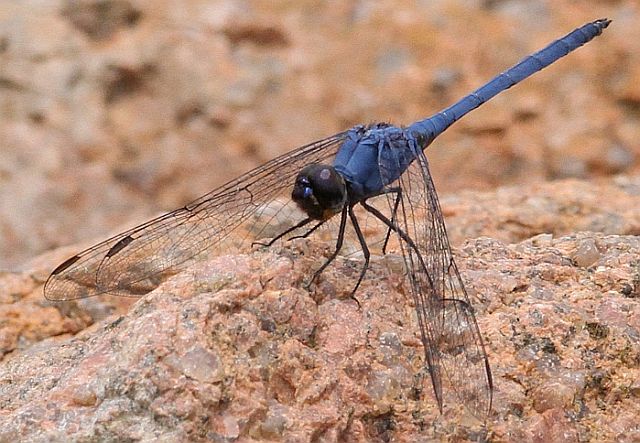 © Super Mongoose
© Super Mongoose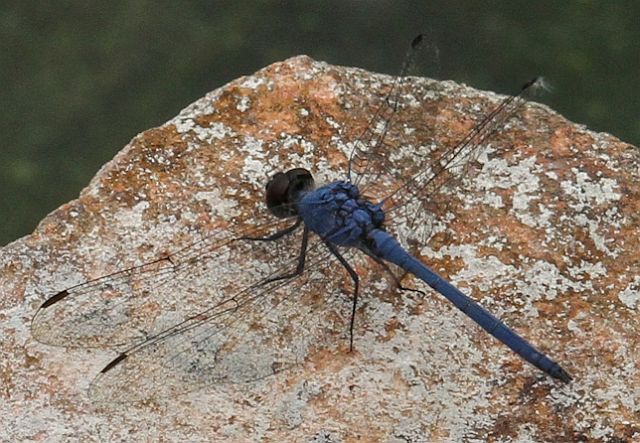 © Super Mongoose
© Super Mongoose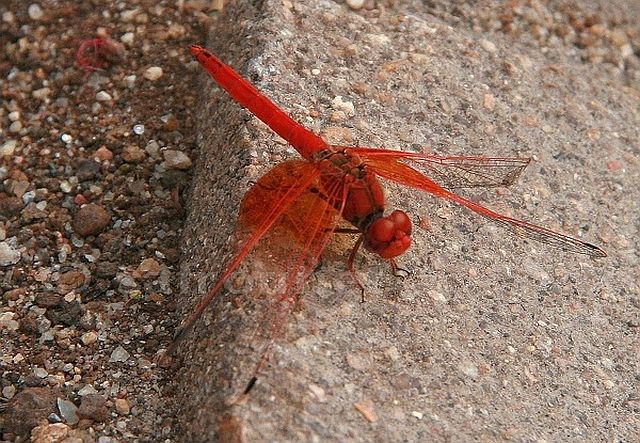 © nan
© nan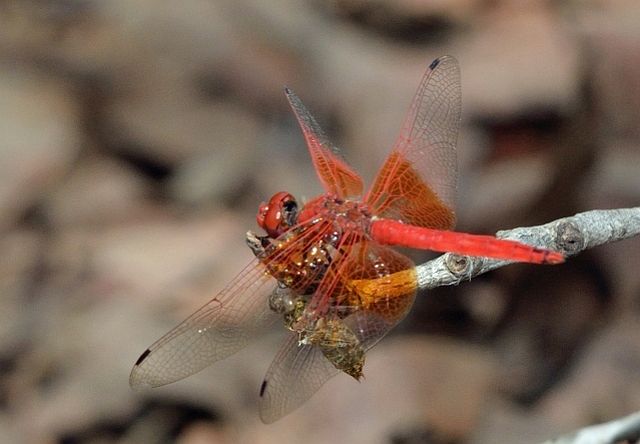 © BluTuna
© BluTuna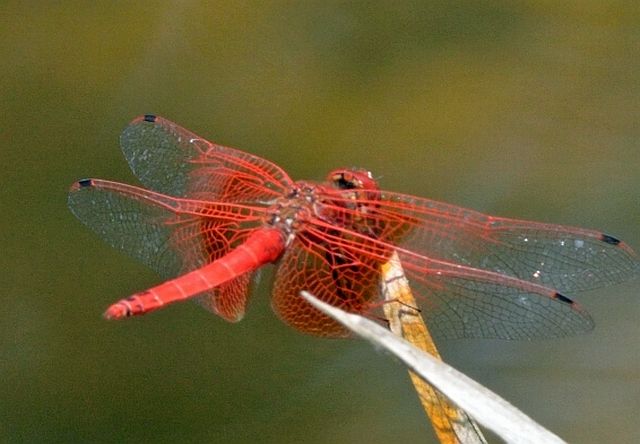 © BluTuna
© BluTuna

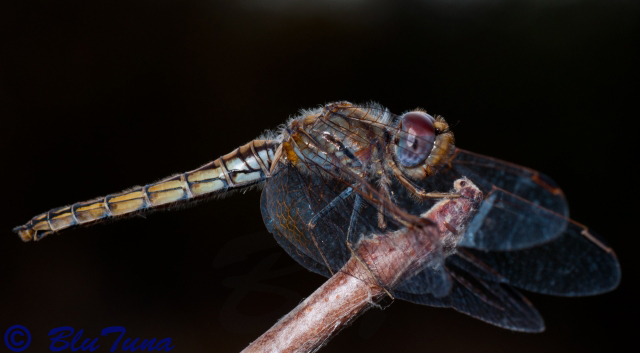 © BluTuna
© BluTuna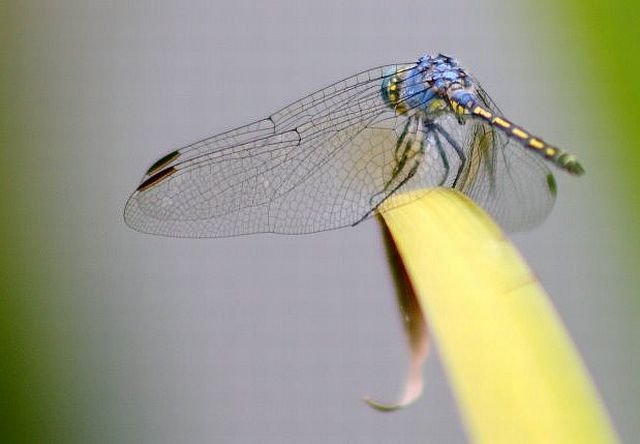 © Flutterby
© Flutterby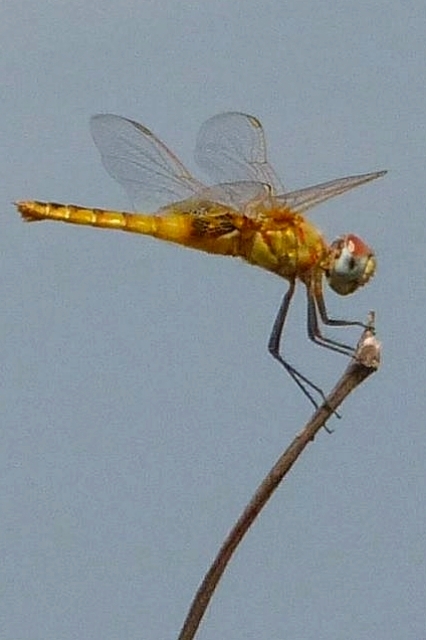 © arks
© arks